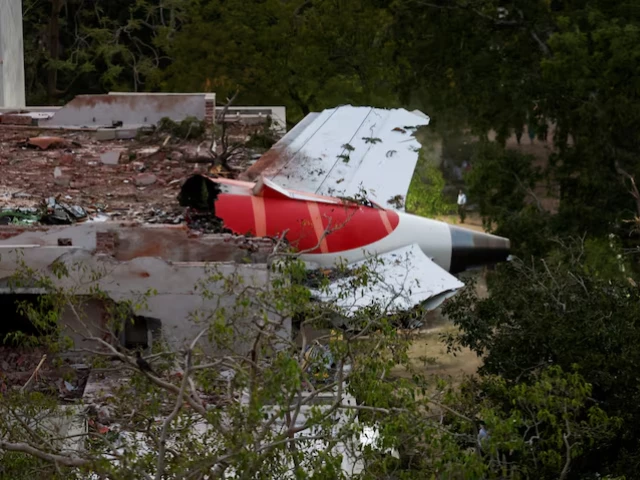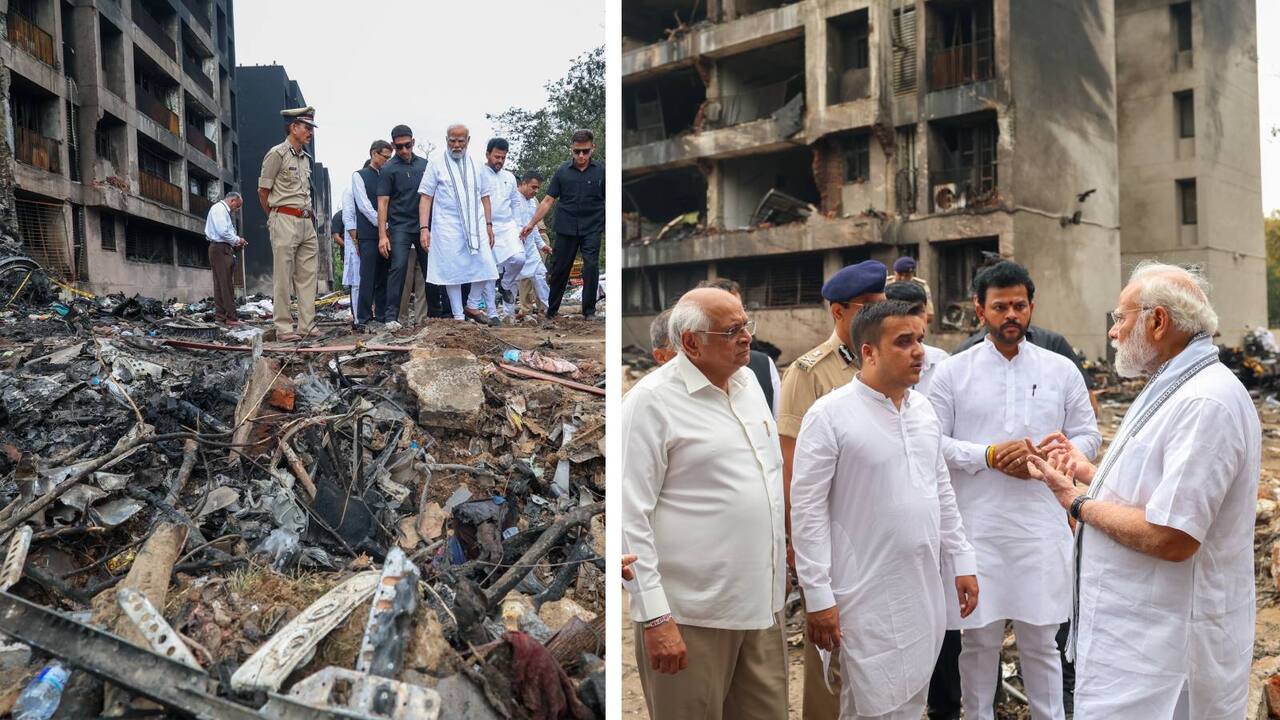The preliminary findings of the Air India crash have arrived — and with it, an unsettling mix of half-answers, speculative conclusions, and the familiar scent of bureaucratic insulation. The Aircraft Accident Investigation Bureau (AAIB), which functions under the Ministry of Civil Aviation, on Saturday made public a 15-page report that has sparked more confusion than clarity.
Instead of providing a sober, transparent diagnosis of what went wrong, the report has already begun fuelling a blame game — and, ironically, the aircraft’s engines weren’t the only ones allegedly starved of fuel. Truth, too, seems to be running low.
Let’s be clear: the AAIB report is still preliminary. And yet, its most damning claim is already in headlines — that the engines failed moments after lift-off because the fuel control switches were moved from ‘RUN’ to ‘CUTOFF’ in quick succession. That’s not just technical jargon; it’s aviation-speak for shutting off fuel mid-takeoff — the aeronautical equivalent of slamming the brakes on a speeding train. The cockpit voice recorder transcript reveals one pilot asking, “Why did you cut the fuel?” and the other replying, “I didn’t.”
That one chilling exchange is now being interpreted by TV studios and armchair experts alike as definitive proof of human error. A rush to judgment, if there ever was one.

But seasoned voices in the aviation industry have rightly warned against falling into this trap. A preliminary report, as the name suggests, is not a verdict. It is a first look — a blueprint for where the deeper investigation must go, not where it ends. For the media and even some institutional voices to paint this as a case of ‘pilot error’ is not just unfair — it’s dangerous.
The Indian Commercial Pilots Association has come out strongly, calling the report biased against the deceased pilots. It’s not hard to see why. When an aircraft crashes, and the victims can no longer defend themselves, the path of least resistance is often to pin the blame on them. It’s convenient. It’s safe. And it spares uncomfortable questions for the airline, the maintenance teams, and — perhaps most inconveniently — the system that governs it all.
Even Union Civil Aviation Minister K Ram Mohan Naidu has urged caution. His junior, Minister of State Murlidhar Mohol, went a step further: “The initial finding is shocking… but the key questions — how and why it happened — remain unanswered.” That’s perhaps the most honest assessment of the report so far.

Because what if it wasn’t pilot error? What if something — or someone—triggered the fuel cutoff? What if, as murmured in hushed corners, sabotage can’t be ruled out? Surely, it’s not paranoia to ask that in a nation where lapses in aviation safety, technical oversight, and even internal politics have historically created fatal blind spots.
Here’s what the public deserves: not a witch-hunt, but a thorough, unsparing investigation. Not a rushed scapegoating of pilots, but a forensic analysis that follows every wire, every code, every logbook entry. Did the aircraft have any known fuel system issues? Were there procedural lapses during maintenance? Could a software malfunction — or worse — have triggered the switch transition?
These questions must be answered not just for the sake of transparency, but for the future of Indian aviation. Because if this preliminary report is anything to go by, the danger lies not just in the malfunction, but in how fast we want to make it someone’s fault.
The crash was tragic. The report may yet prove to be equally so — if it prioritizes expedience over truth, and optics over accountability. In aviation, the devil is in the details. And in India, sometimes the details are buried deep — under layers of bureaucracy, political expediency, and, too often, silence.
So before we trash the reputation of those who can no longer defend themselves, let’s ensure we aren’t trashing the investigation itself.
Let’s not crash-land into another cover-up.





